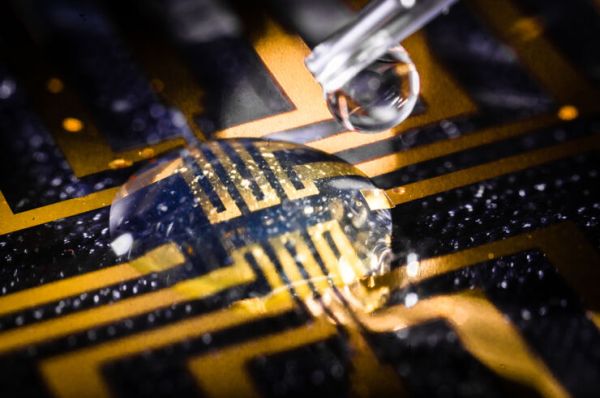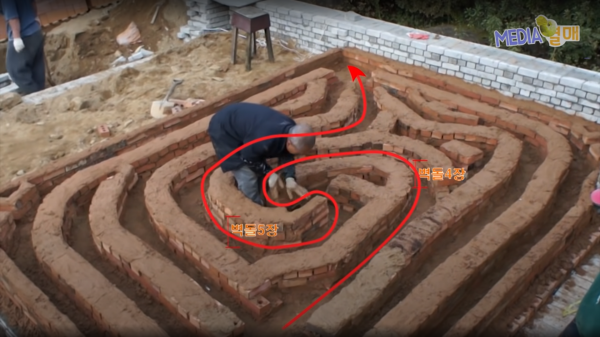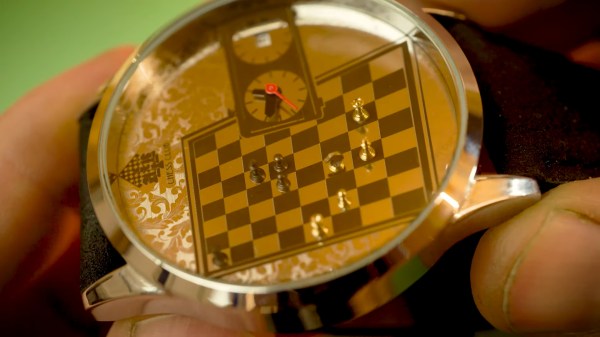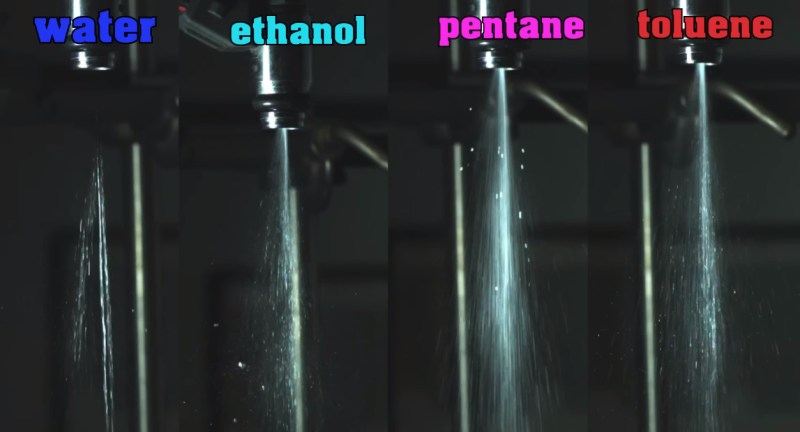Those who have worked with high voltage know well enough that anything can be a conductor at high enough voltages. Similarly, amateur radio operators will jump at any chance to turn a random object into an antenna. Flag poles, gutters, and even streams of water can be turned into radiating elements for a transmitter, but the members of this amateur radio club were thinking a little bit bigger when they hooked up their transmitter to this giant sculpture.
For those who haven’t been to the Rochester Institute of Technology (RIT) in upstate New York, the enormous metal behemoth is not a subtle piece of artwork and sits right at the entrance to the university. It’s over 70 feet tall and made out of bronze and steel, a dream for any amateur radio operator. With the university’s permission and some help to ensure everyone’s safety during the operation, the group attached a feedline to the sculpture with a magnet, while the shield wire was attached to a ground rod nearby. A Yaesu FT-991 running on only 5 watts and transmitting in the 20-meter band was able to make contacts throughout much of the eastern United States with this setup.
This project actually started as an in-joke within the radio club, as reported by Reddit user [bbbbbthatsfivebees] who is a member. Eventually the joke became reality, as the sculpture is almost a perfect antenna for certain ham bands. Others in the comments noted that they might have better luck with lower frequency bands such as the 40-meter band or possibly the 60-meter band, due to the height of the structure. And, for those who are still wondering if you really can use a stream of water to transmit radio waves, it is indeed possible.




















